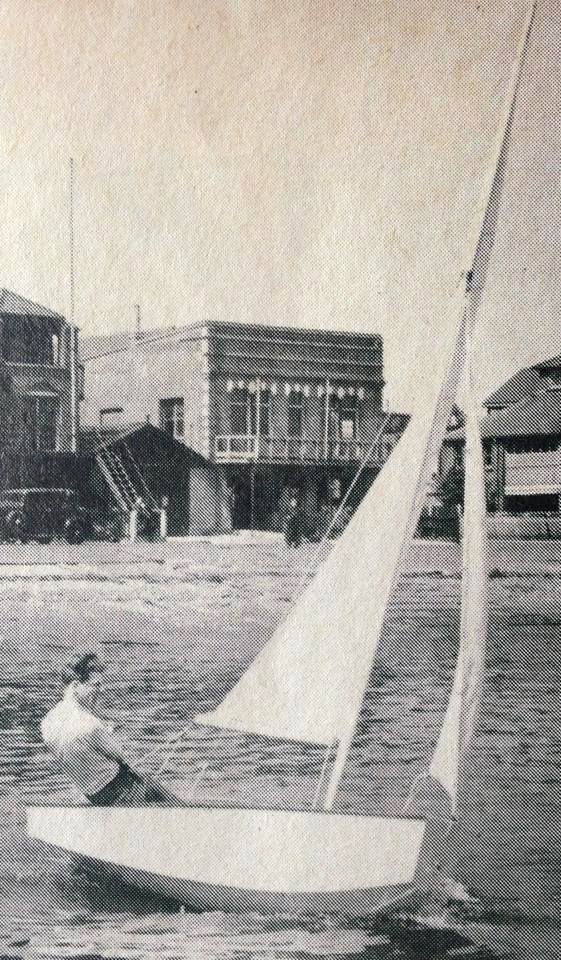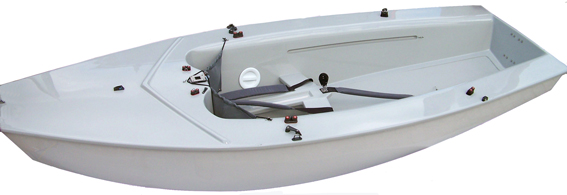
The Cadet is a junior class of boat which is sailed by two children in the age from 7 to 17 years. With its wide distribution in over more than 35 countries and 5 continents, the Cadet is a truly international racing dinghy. The boat provides a three sail experience where the helm and the crew must work together as a team to obtain the best results.

The first Cadet was designed by the British boat builder Jack Holt in 1947 (as seen in this period photo in his Cadet 1.0). Originally intended for self-assembly, the boat soon became very popular and spread over the whole world. Through the years, the Cadet evolved from the wooden MK I to the modern MK IV, that is made of glass fibre (GRP). Today it has all the attributes of a racing dinghy and even includes a spinnaker. In its more than 60 year old history, the Cadet introduced more than 200,000 children to the joy of sailing, and also afforded several Olympic Sailing medallists. At the most recent European Championship more than 90 percent of the fleet were GRP built.

The Cadet is a one-design boat and therefore all Cadets have the same, strictly
controlled, measurements. While material and appearance changed over time, the hull shape remained the same. Today, wooden MK II and GRP MK IV compete in the same races although most boats these days are GRP built. The boat itself is 3.22m long, weighs approximately 61 kg fully rigged and has a sail area of more than 5 square metres.
| Sail emblem | |
|---|---|
 |
|
| Measurements | |
| Length over all: | 3.22 m |
| Beam: | 1.27 m |
| Draft: | (without centerboard) 0.16 m |
| Mast height: | 5.22 m |
| Hull weight: | 54 kg |
| Sail area | |
| Mainsail: | 3.9 m² |
| Jib: | 1.26 m² |
| Spinnaker: | 4.25 m² |
